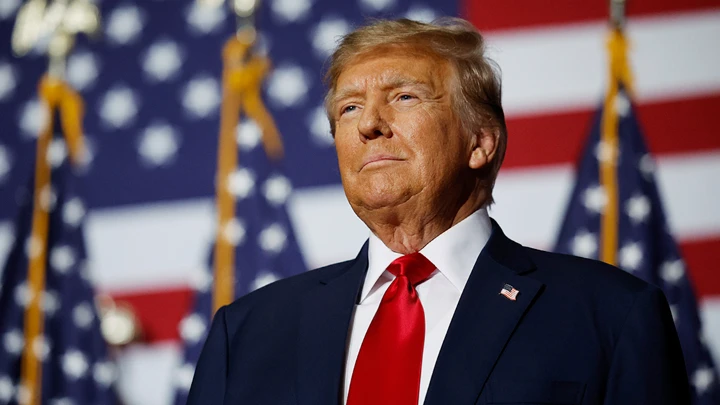For only the second time in US history, a president won non-consecutive terms in office. Despite widespread predictions of a contentious transition, the handover from President Biden to President Trump was remarkably smooth.
This election did more than simply return Trump to office; it also gave the Republican Party control over both chambers of Congress, completing a “trifecta” of control across the executive and legislative branches. With this majority, Trump has moved quickly to form his cabinet, signalling his commitment to an assertive, and in some ways, radical policy direction. His cabinet picks have both reassured his base and stirred fresh controversy among Democrats and even some Republicans.
A Complex Blend
Trump's cabinet nominations have surprised many, reflecting his intent to shake up the status quo with a blend of political loyalty and unconventional figures. His picks for Secretary of State and National Security Advisor, Senator Marco Rubio and Congressman Michael Waltz, respectively, have been met with cautious optimism. However, other nominations have sparked bipartisan concern. Trump's choice of Pete Hegseth as Secretary of Defense, for instance, has been seen as a signal of a conservative re-evaluation of the military's role, funding, and structure. Known for his hawkish views, Hegseth is expected to push for a downsized but more targeted military approach, potentially bringing resources from long-standing international deployments to home.
Trump's cabinet nominations have surprised many, reflecting his intent to shake up the status quo with a blend of political loyalty and unconventional figures.
Another controversial decision is Trump's decision to appoint Tulsi Gabbard as Director of National Intelligence. Gabbard, a former Democratic Congresswoman known for her anti-interventionist stance, has drawn scrutiny due to her critiques of US military actions abroad and her relatively diplomatic tone toward adversaries like Syria's Bashar al-Assad. Her stance on foreign interventions may face significant resistance from both sides of the aisle.




